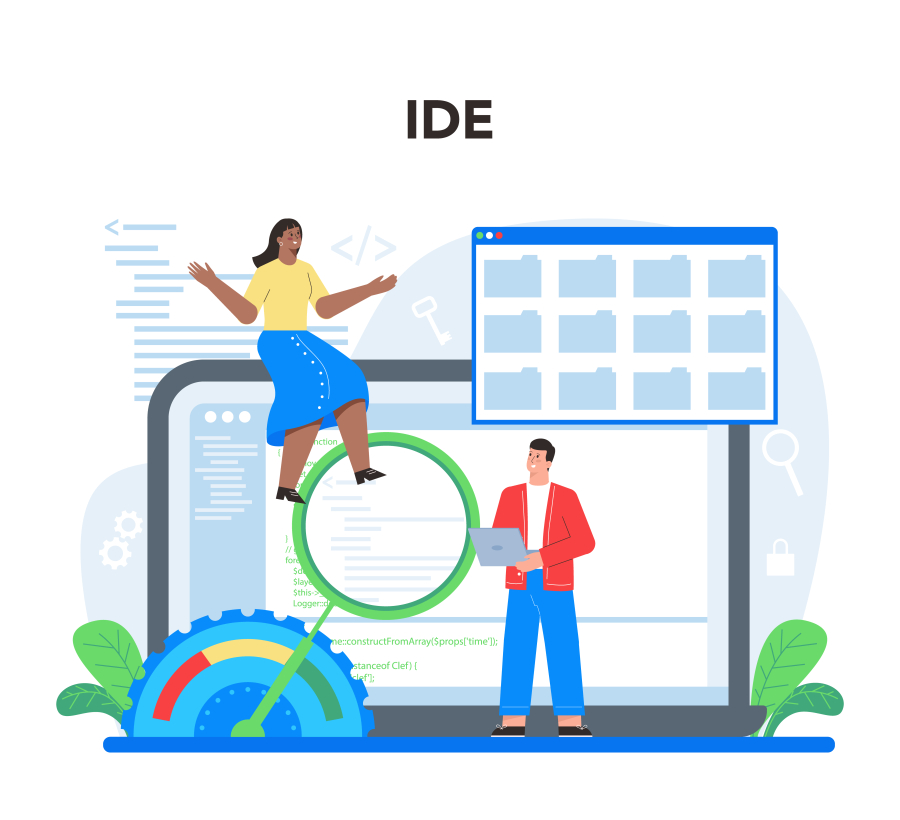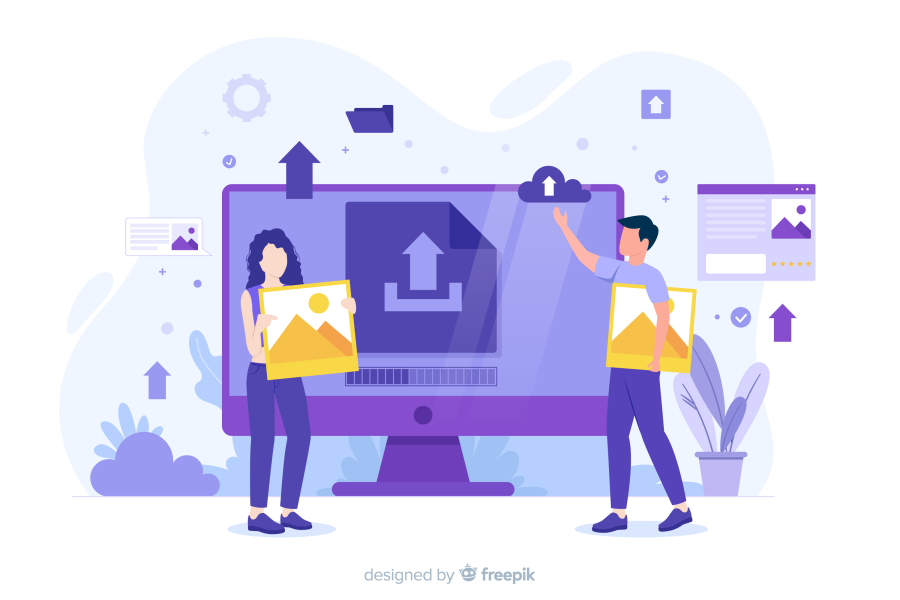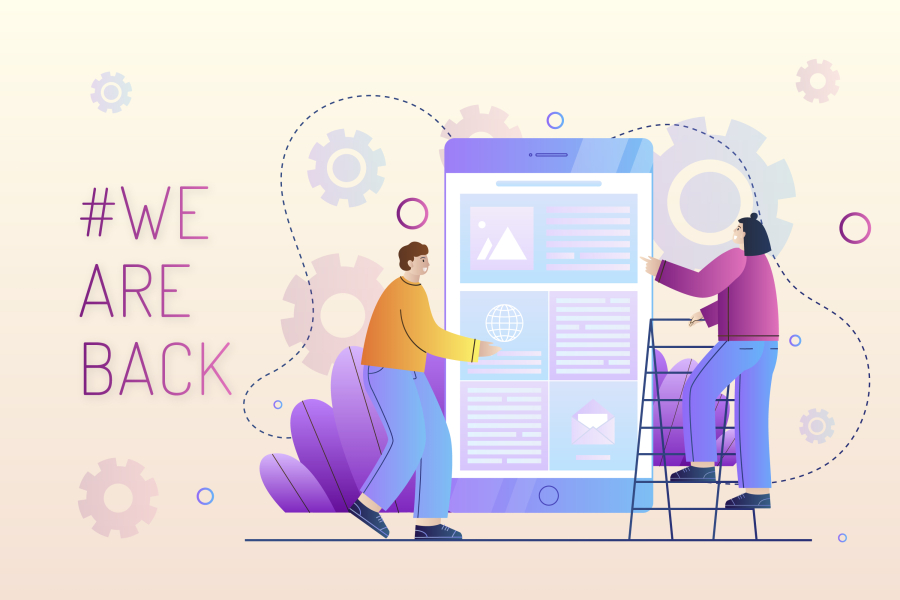Mobile App Performance Optimization
In today’s fast-moving digital world, users expect mobile apps to be blazing fast, responsive, and efficient. A delay of just a few seconds can result in poor reviews, abandoned installs, and lost revenue. ⌛📉
As a freelance mobile developer, your ability to build high-performing apps isn’t just a technical skill—it’s a competitive advantage. Clients don’t just want pretty designs; they want apps that load quickly, run smoothly, and retain users.
This guide is a deep dive into mobile app performance optimization, packed with practical strategies you can implement right away to impress clients and grow your freelance brand. 🚀📈
📘 Long Description: The Complete Guide to Optimizing Mobile App Performance
🚦 What Is Mobile App Performance?
Mobile app performance refers to how efficiently an app operates under real-world conditions, including:
⚡ Load time
🎮 UI responsiveness
🔋 Battery and memory usage
📶 Network speed and efficiency
🚫 Crash-free stability
Great performance = better UX = happier users = more client referrals. ✅
🔍 Why It Matters for Freelancers
🌐 First impressions count – Users abandon slow apps within seconds.
⭐ App store ratings – Performance issues lead to negative reviews.
💼 Client success – Faster apps help clients achieve their business goals.
💪 Reputation – Building optimized apps strengthens your freelance profile.
🛠️ Core Areas of Mobile App Performance Optimization
📲 1. App Launch Speed
The problem: Slow startup frustrates users.
Solutions:
🧹 Minimize the number of tasks in onCreate() or componentDidMount()
🗃️ Lazy load heavy resources
🔍 Use splash screens strategically
🧪 Profile with Android Profiler or Instruments (iOS)
Freelance Tip: Benchmark every app you build for launch speed before delivery. 🧪
🖼️ 2. Optimize Images and Media Files
🧼 Compress large images using tools like TinyPNG or WebP
🎥 Stream large videos instead of embedding them
📐 Use appropriate image resolution per device size
Pro Tip: Always use responsive image rendering for different screen densities. 📱
🔁 3. Reduce Network Requests
Why? Each request adds latency and increases app load.
How to optimize:
🧾 Cache API responses locally
📦 Use batch requests
🔄 Sync data only when needed
⏳ Implement timeout and retry mechanisms
Tools: Retrofit, Axios, GraphQL with batching
🧠 4. Memory Management
📉 Monitor memory leaks using LeakCanary or Xcode Instruments
❌ Dispose of unused resources and listeners
🗂️ Avoid large memory-consuming operations on the main thread
Outcome: Smoother performance, fewer crashes, and happier users. 🙌
🌀 5. Background Processing
Keep the UI thread free of heavy lifting by offloading tasks such as:
Data syncing
File I/O
API calls
Use tools like:
🧵 Kotlin Coroutines / Java Threads (Android)
🧩 GCD / NSOperationQueue (iOS)
Freelance Insight: Handling background tasks well sets you apart from basic developers. 🔧
🎨 6. UI Rendering and Responsiveness
🧱 Avoid nested views and unnecessary layout inflation
🪄 Use flat, efficient layouts like ConstraintLayout
🧩 Debounce animations and transitions
A sluggish UI can ruin the user experience—even if your logic is flawless. 💔
📦 7. Use Efficient Data Storage
Use local databases like Room or Realm efficiently
Avoid blocking reads/writes on the main thread
Optimize queries and indexing
Tip: Only load what you need—not the entire dataset.
🧪 Tools for Performance Monitoring
🛠 Android
Android Profiler
LeakCanary
Firebase Performance Monitoring
🍏 iOS
Xcode Instruments
Energy Log
OSLog
🔄 Cross-Platform
Sentry for crash tracking
Flipper for debugging
Lighthouse (for PWAs)
📱 Client-Focused Optimization: What Clients Care About
📉 1. Load Time
Clients want their app to be ready to use in under 2 seconds.
💡 Show this metric in your deliverables.
💥 2. Crash-Free Operation
Frequent crashes = bad reviews.
🎯 Use Firebase Crashlytics to monitor stability.
🧭 3. Battery Usage
High power consumption = uninstalls.
🔋 Use profiling tools to identify battery-draining components.
🏗️ Best Practices to Integrate in Every Project
✅ Audit Early and Often
Don't wait until the end. Profile performance from day one.
✅ Write Modular Code
Easier to debug and optimize. Reusable across clients.
✅ Optimize Third-Party Libraries
Not all packages are efficient—use only trusted, lightweight ones.
✅ Version Testing
Performance can vary across OS versions and devices. Always test broadly.
🎯 Real-World Scenarios Freelancers Face
🛍 E-Commerce Apps
Need to load product images fast, provide offline browsing, and handle spikes in traffic.
🧑⚕️ Healthcare Apps
Must be reliable with minimal crashes and fast data loading.
🎓 Education Apps
Require preloaded content and efficient media playback.
📈 Final Words: Performance Is Profit
Your freelance success depends on the success of your clients—and your clients’ success depends on how well their apps perform. 🚀
By mastering mobile app performance optimization, you position yourself as a premium freelancer who delivers apps that are not only functional but frictionless.


 by Emily
by Emily




